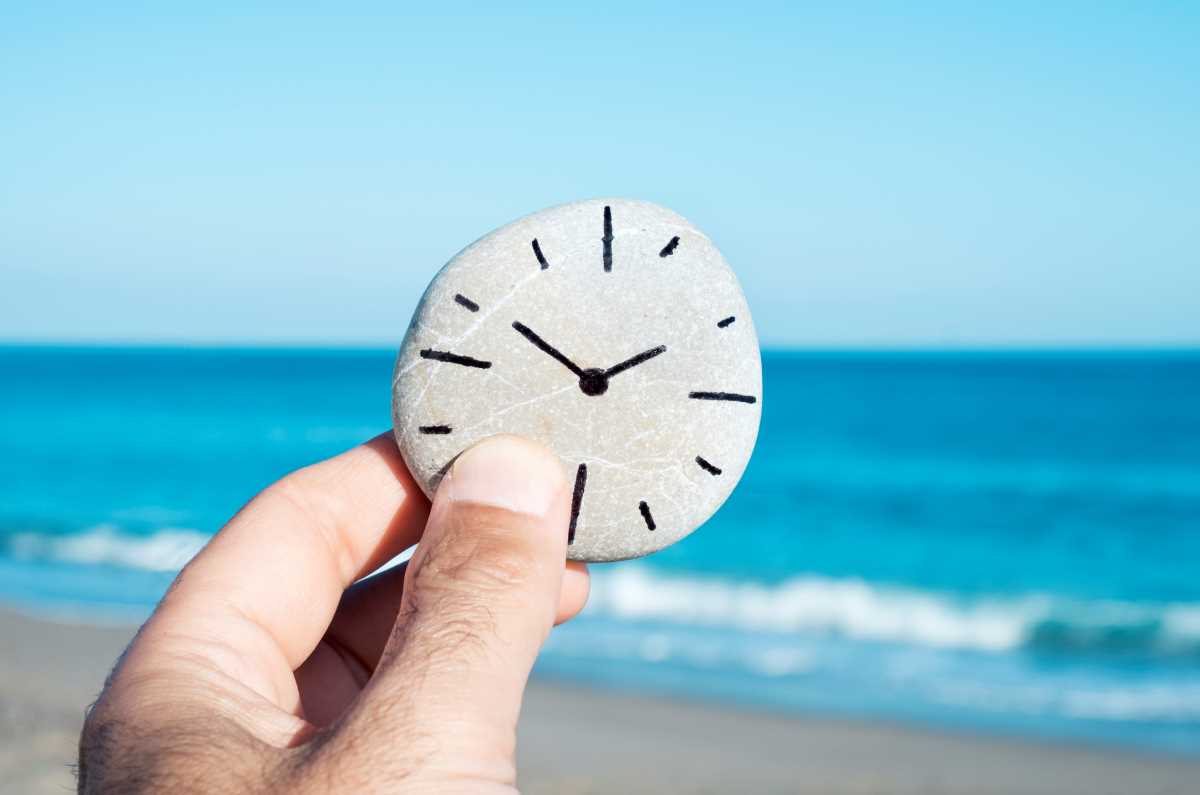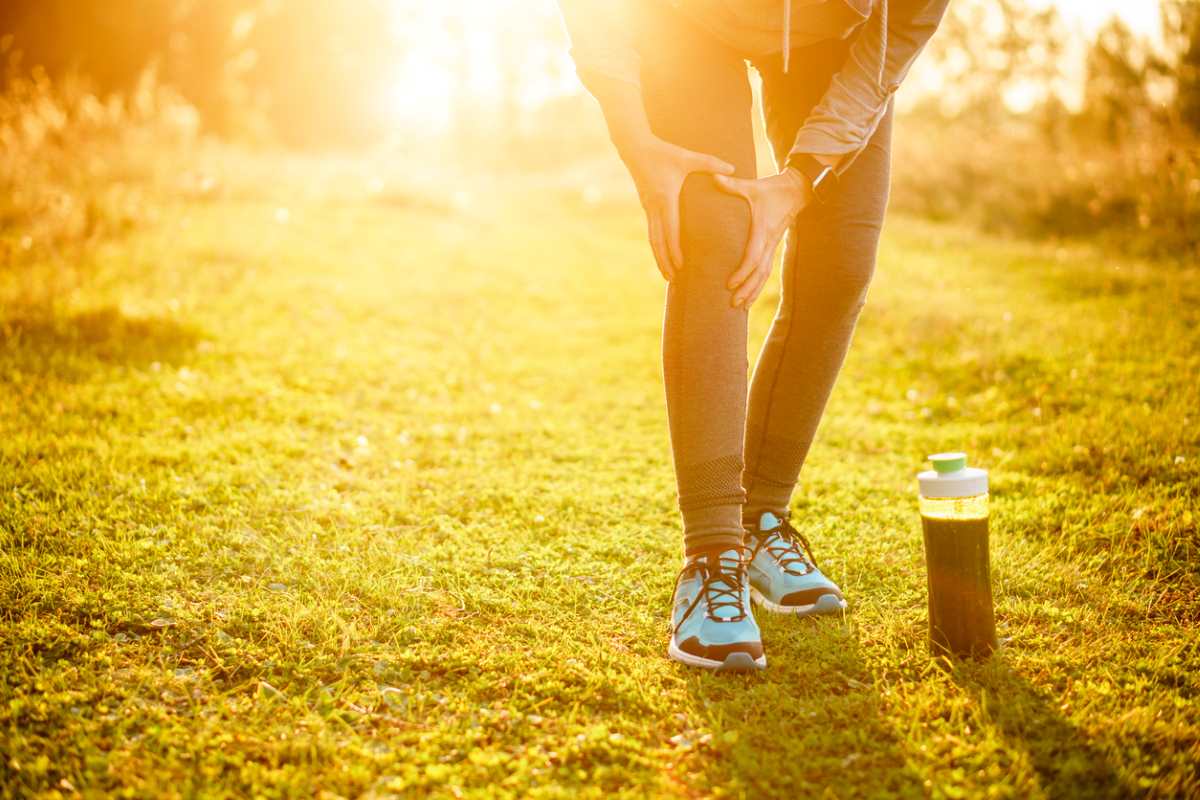Hate going to the dentist? You’re not alone. Many of us become anxious or worried about visiting the dentist.
But for people with a musculoskeletal condition, taking care of their teeth and gums – including the dreaded visit to the dentist – can also be painful.
We’ve got some tips to help make this a little easier.
But first, why should we care about oral health?
Looking after the health of your mouth, teeth, gums, and the structures that support them helps you keep your teeth healthy and intact for longer as you age. This is important because it makes you feel more confident and comfortable when speaking, smiling, eating, and laughing.
Poor oral health is also linked to diabetes, heart disease, stroke and respiratory conditions. And in some studies, gum disease has been linked to rheumatoid arthritis.
So oral health is important. Got it. 👍
Musculoskeletal conditions and oral health.
There are various reasons why people with musculoskeletal conditions may have difficulties with their oral health, such as:
Pain. Pain can affect your ability to open your mouth for the time it takes to clean and floss your teeth or to keep your mouth open during a check-up. It can also affect your ability to hold and use a toothbrush or dental floss.
Dry mouth. Whether it’s due to a health condition such as Sjogren’s syndrome or taking certain medicines, having a dry mouth reduces the amount of saliva in your mouth. And that’s a problem because saliva washes away food remnants, neutralises the acids in your mouth, helps prevents bad breath, tooth decay and gum disease, and protects your teeth’s enamel.
Being immunosuppressed or having a weakened immune system due to your condition or medicines can increase your risk of infections, including oral thrush and mouth ulcers.
Taking care of your oral health.
Get brushing.
While it sounds obvious, you need to clean your teeth, tongue and gums twice a day for at least two minutes for good oral health. But according to the Oral Health Tracker, only about half of us do this 😮.
And yes – I did say brush your tongue. Gently brushing your tongue removes any bacteria, other microbes or bits of food lurking there.
For more info, check out the Australian Dental Association’s brushing basics.
Oh – and if you need some help knowing if you’ve brushed for two minutes, or to make it fun for the kids, check out Spotify and YouTube for music to brush your teeth by. There’re plenty of playlists and songs out there! 🎶🎵 Or get creative and make your own. 😉🎵🎶
Choose your tools.
Toothbrushes. I don’t know why, but I always thought using a hard toothbrush and giving my mouth a good old scrub was the way to clean teeth. Turns out, a softer brush is the best choice. And you shouldn’t use too much pressure when brushing; it’s bad for your teeth and gums and can aggravate your joint pain. Brushing too hard also wears down the bristles of your toothbrush faster.
If the handle of your toothbrush is difficult to hold, you can make it thicker and easier to grip by adding some thick rubber or foam tubing to the handle. You can pick this up at the hardware store.
An electric toothbrush is another option, especially if pain or dexterity affects your ability to brush. Electric toothbrushes also generally have a bigger handle that may be easier for some people to grip; however, they’re also a bit heavier than a standard toothbrush, so you’ll need to consider that.
Whether you use a standard or electric toothbrush, you need to change the brush regularly. That’s generally every three months or sooner if you notice the bristles falling out or pointing in the wrong direction.
Toothpaste. There are so many varieties of toothpaste available it can be hard to choose one! The good news is that a Choice article reports that ‘most toothpastes contain essentially the same ingredients’ and do the same thing – remove plaque and prevent tooth decay and cavities. So choose the toothpaste you like.
But if you have a dry mouth or sensitive teeth and gums, talk with your dentist about the best toothpaste for you.
Dental floss. Flossing is essential to teeth cleaning as it helps remove food particles and microbes from between your teeth. Not flossing increases your risk of developing tooth decay and gum disease. However, according to the Australian Dental Association, many of us forget to floss our teeth, with only one in four people saying they floss daily 😐.
But using dental floss can be a challenge if you have sore hands. Talk to your dentist about other options, such as dental floss picks (not toothpicks), interdental brushes, water flossers and electric flossers.
Mouthwash. Most people don’t need mouthwash, especially if you’re cleaning and flossing regularly and properly.
Many types of mouthwash kill the bacteria in your mouth, both good and bad. They can also mask bad breath, which may indicate an infection or other problem. And they can be irritating if you have a sensitive mouth.
But mouthwash may be helpful if you have a dry mouth, as certain types can help stimulate saliva.
So what to do? Have a chat with your dentist about whether or not a mouthwash is appropriate for you.
Check yourself out. 😁
The best way to stay on top of any problems is to regularly check your teeth and gums for changes. That way, if you notice any bleeding, inflammation, signs of infection, or other issues, you can see your doctor or dentist and get on top of it quickly.
See your dentist regularly.
You should see your dentist every 6-12 months to ensure good oral health. Or sooner if you have toothache, damage to your teeth and gums, or pain or sensitivity when eating or drinking. When combined with regular brushing and flossing, seeing your dentist regularly will reduce your risk of needing more invasive and costly procedures in the future.
If you have problems keeping your mouth open for long periods and/or lying in the chair while having a check-up, discuss this with your dentist. There are options to make this less painful, such as:
- Using pain-relieving medicines or heat/cold packs before and after your visit.
- Taking breaks. Have an agreed signal with your dentist – for example, raising your hand – if you need to move, close your mouth, or relax your jaw.
- Distraction, for example, put on some headphones and listen to music, a podcast or a book.
- Using your supports, for example, a cushion or blanket that helps you relax and get comfortable.
- Visiting your dentist more frequently but for shorter visits, so you don’t have to spend so much time in one sitting. Though this can become costly, so talk with your dentist about your options.
Your dentist may also suggest using a mouth prop. Mouth props are rubbery, flexible tools that dentists can place between your teeth to help reduce muscle fatigue caused by keeping your mouth open wide.
Eat well.
A healthy diet with a variety of nutritious foods and plenty of water is best for your oral health and general wellbeing. You should also limit your intake of foods high in sugar and snacks between meals.
Quit smoking.
Smoking and vaping increase your risk of gum disease.
Contact our free national Help Line
Call our nurses if you have questions about managing your pain, musculoskeletal condition, treatment options, mental health issues, telehealth, or accessing services. They’re available weekdays between 9am-5pm on 1800 263 265; email (helpline@msk.org.au) or via Messenger.
More to explore
- Are you taking care of the microbes in your mouth?
The University of Melbourne - Brush your teeth! It could save your life
The University of Melbourne - Brushing: Keeping your teeth clean and healthy
Australian Dental Association - Dental check-up
Healthdirect - Dry mouth
Better Health Channel - Inflammatory arthritis and your oral health: 4 problems to watch for
Creaky Joints - Oral health and dental care in Australia
Australian Institute of Health and Welfare - Oral health
National Rheumatoid Arthritis Society (NRAS) - Toothpaste: What’s the difference?
Choice - Visiting the dentist
National Rheumatoid Arthritis Society (NRAS)
























